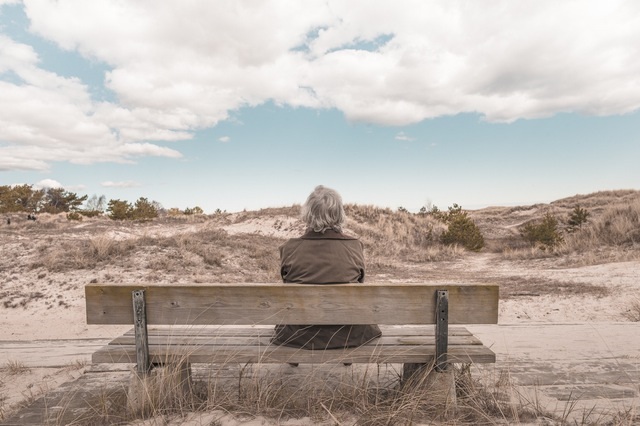Sarcopenia refers to the gradual, age-related loss of muscle and strength. After age 30, about 3 percent of body mass is lost every 10 years, especially with inactivity. A sedentary lifestyle greatly accelerates this process. Sarcopenia leaves you more susceptible to falls, fractures, and muscle injury. As you age, sarcopenia also makes it more difficult to perform everyday tasks. It is estimated that by age 80, sarcopenia affects 53 percent of men and 43 percent of women.
Sarcopenia also affects muscles, bones, hair, and skin.
But here is the GREAT news! You can………..
Stop And Reverse Sarcopenia
Put more protein on your plate, and you will maintain more muscle mass and strength. Your body needs protein to build muscle and bone, and you may need more as you get older to combat not only sarcopenia but osteoporosis as well.
Studies find that those who eat more protein are less likely to suffer hip fractures. Those who eat the least protein have about 50% more hip fractures than those who consumed enough protein. That’s likely because protein helps build stronger muscles in your legs, which helps reduce the risk of falls. It strengthens your bones as well.
The key is not only to boost your overall protein intake, but to make sure you eat protein throughout the day—starting with breakfast. As a general rule, women should consume at least 46 grams of protein a day, while men should consume at least 56 daily protein grams. (1)
Ideally, I recommend about 25-30 grams of protein with each meal. That’s about the amount of protein in a 3-ounce serving of beef, chicken, turkey breast, or salmon.
Choose Protein From Many Sources
Protein can come from either plant or animal sources. For animal sources, choose lean meat, poultry, fish, milk, yogurt, cheese, and eggs. When possible, go with free-range, organic, and wild-caught products. Good plant sources include nuts, seeds, legumes, and grains (gluten-free grains). Once again, choosing organic is very important.
Many find it difficult to obtain enough high-quality protein from dietary sources. Whey protein, which is derived from dairy products, may help adults optimize their protein intake and protect against muscle loss. Whey has an exceptionally high biological value—that is, it contains amino acids in proportions that are similar to those required by humans. Proteins with higher biological value generally are superior to lower-quality proteins in maintaining muscle mass. One study found whey protein to be especially effective in preserving lean body mass in older adults (2).
Talk to your doctor before drastically boosting your protein intake. Kidney disease, for example, may limit the amount of protein an individual should be consuming.
Don’t Forget These!
In addition to the proper amount of protein, abundant vitamins and minerals are important. Several daily servings of fresh fruits and vegetables (organic, when possible) are crucial.
I also recommend to my patients that they drink at least 8 glasses of pure water each day. Be sure to check with your doctor about your unique needs.
In addition, I place my patients on Foundation Vitamins, a professional grade complete vitamin and mineral formula.

Exercise Really Helps!
Exercise can guard against sarcopenia, and help reverse it as well. Weight lifting, or resistance exercise, can keep your muscles and bones strong.
Multiple studies find that six months of resistance exercise can reverse signs of aging in skeletal muscle. Besides making you stronger, resistance training also preserves your independence, as it improves your ability to ambulate on your own. It also improves coordination, which can help avoid falls. (3)
For best results, combine your strength training with stretching. Take it slow. Research from Austria finds that slow resistance exercise works even better to maintain muscle mass and strength.
References:
1.) Campbell WW, Evans WJ. Protein requirements of elderly people. Eur J Clin Nutr. 1996 Feb;50 Suppl 1S180-3.
2.) Dangin M, Boirie Y, Guillet C, Beaufrere B. Influence of the protein digestion rate on protein turnover in young and elderly subjects. J Nutr. 2002 Oct;132(10):3228S-33S.
3.) Bass SL, Eser P, Daly R. The effect of exercise and nutrition on the mechanostat. J Musculoskelet Neuronal Interact. 2005 Jul;5(3):239-54.
Photo Credit: Mikael Kristenson








